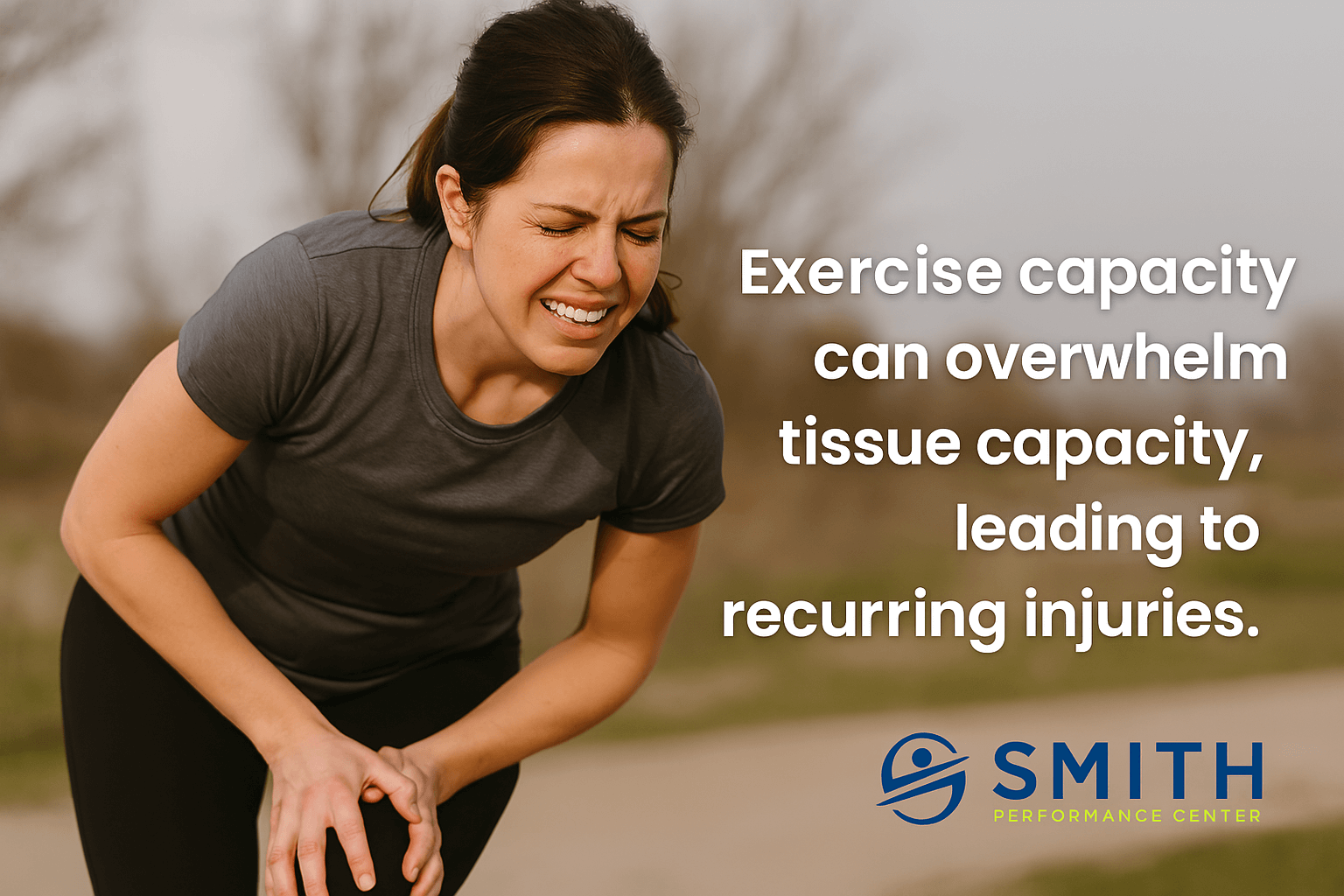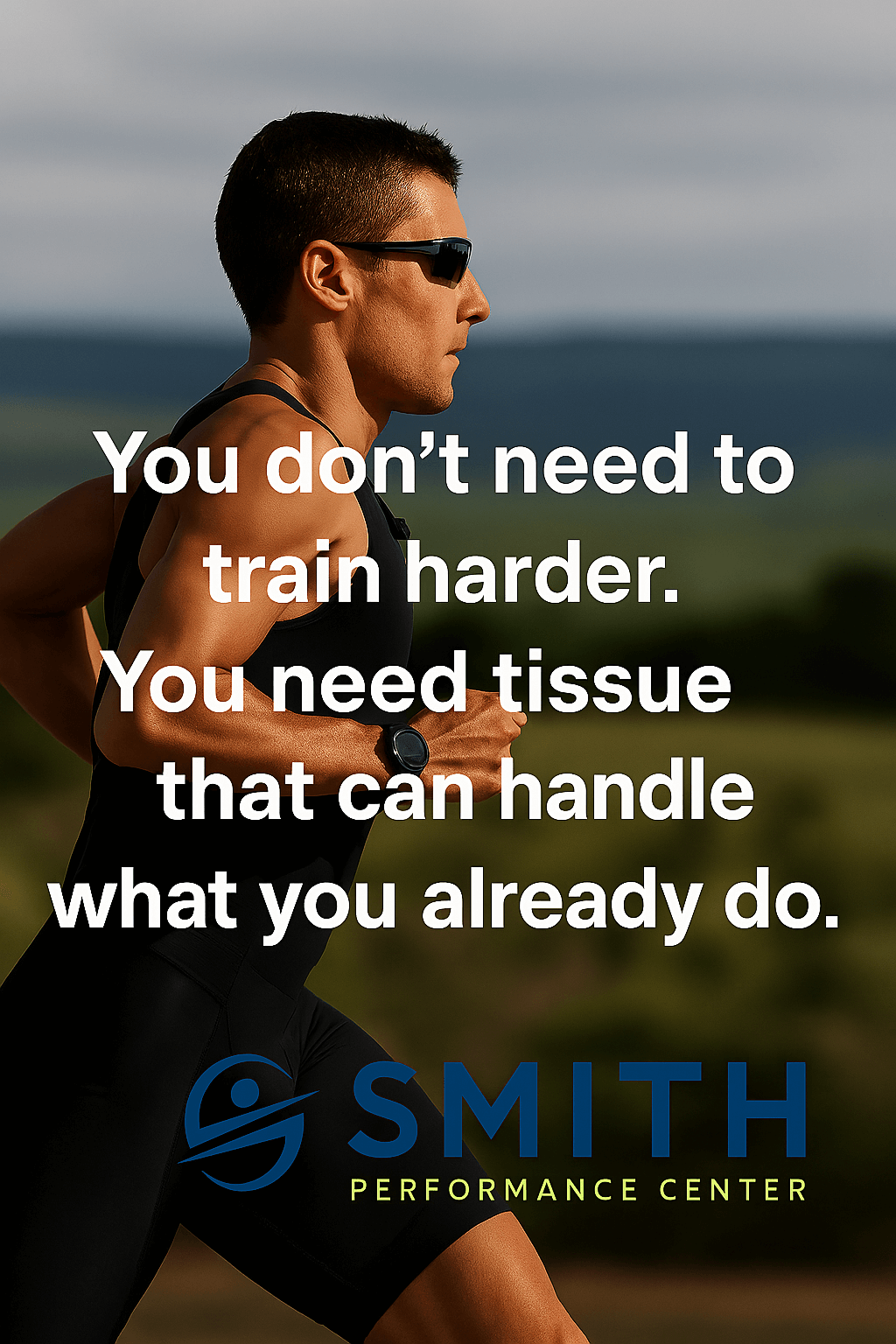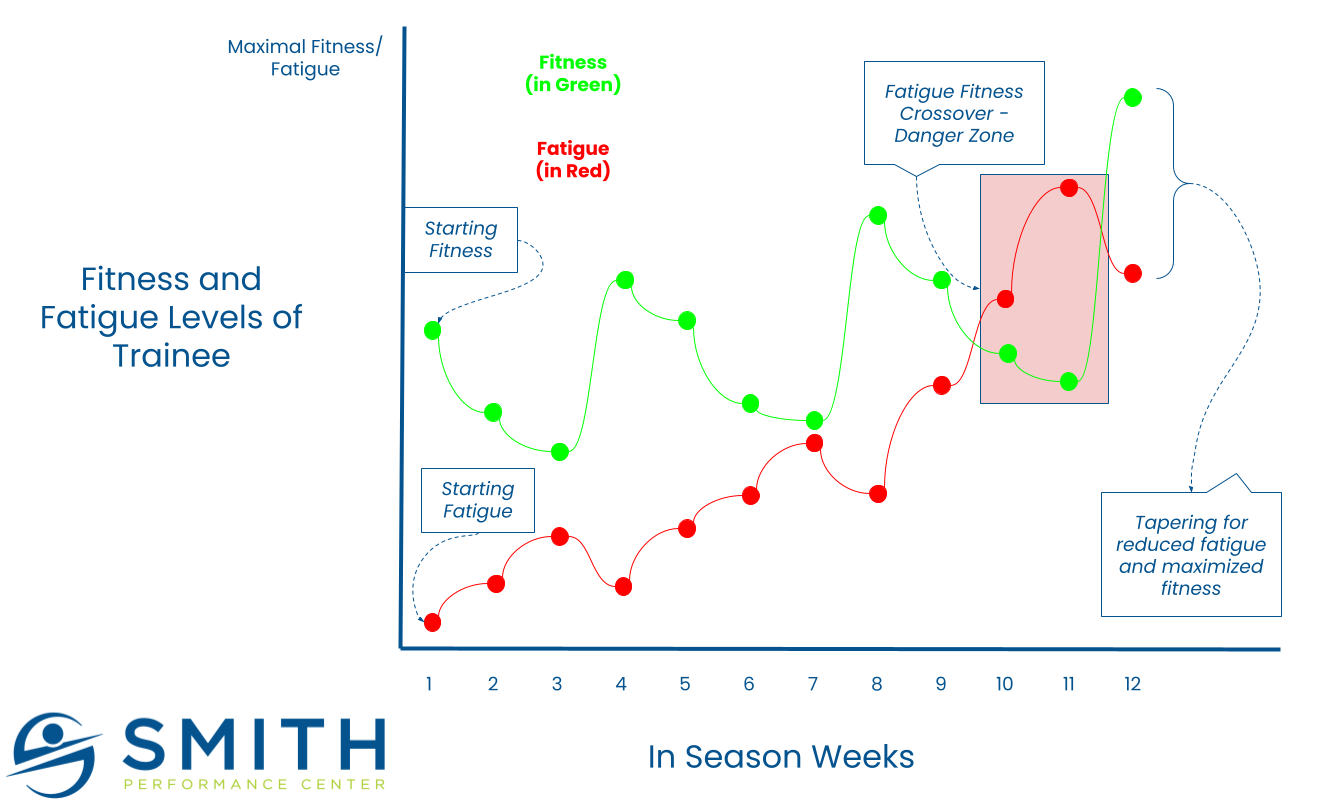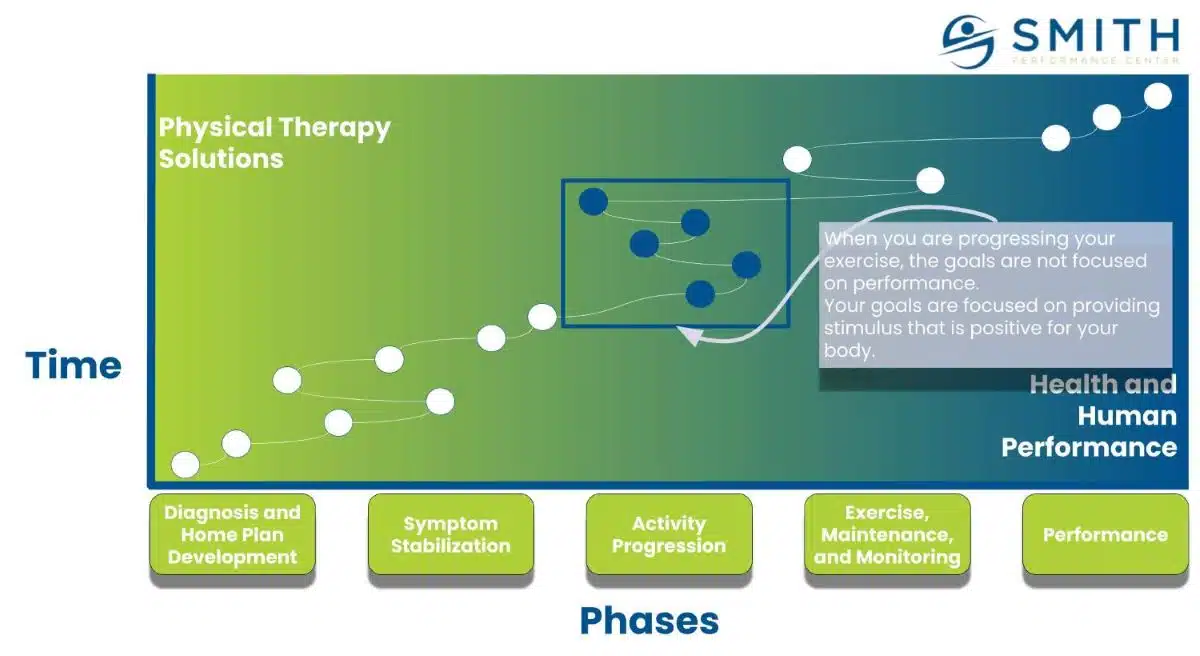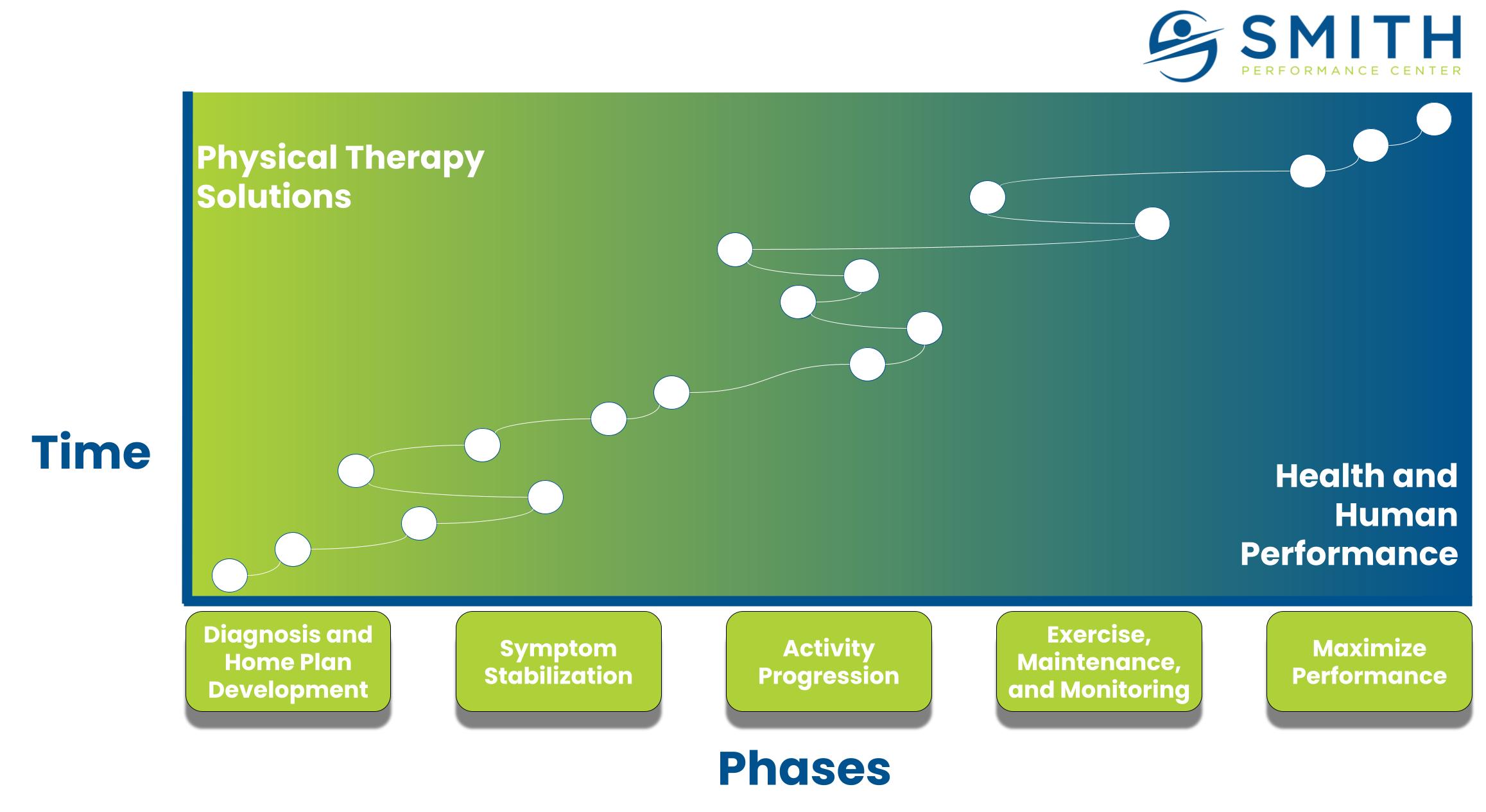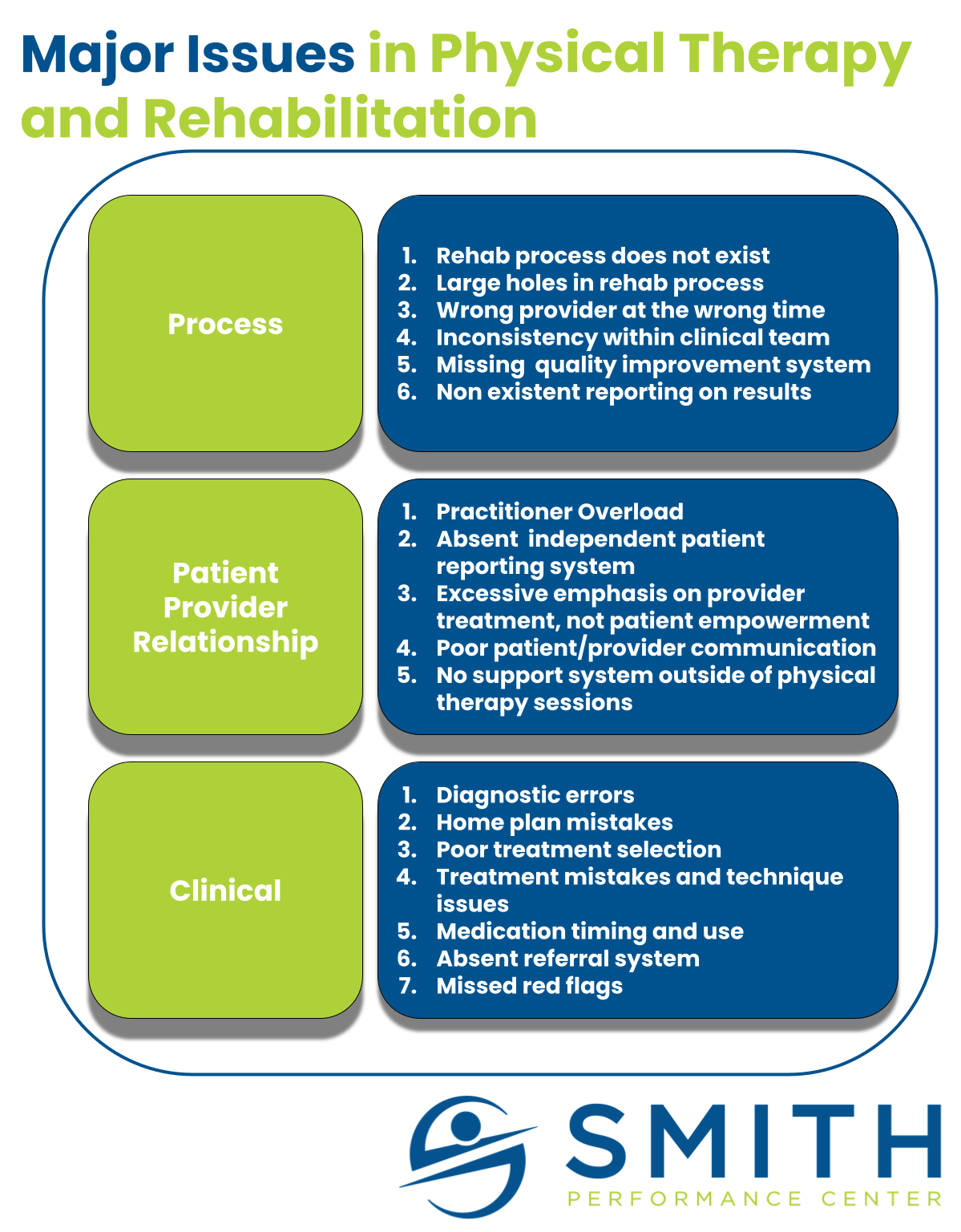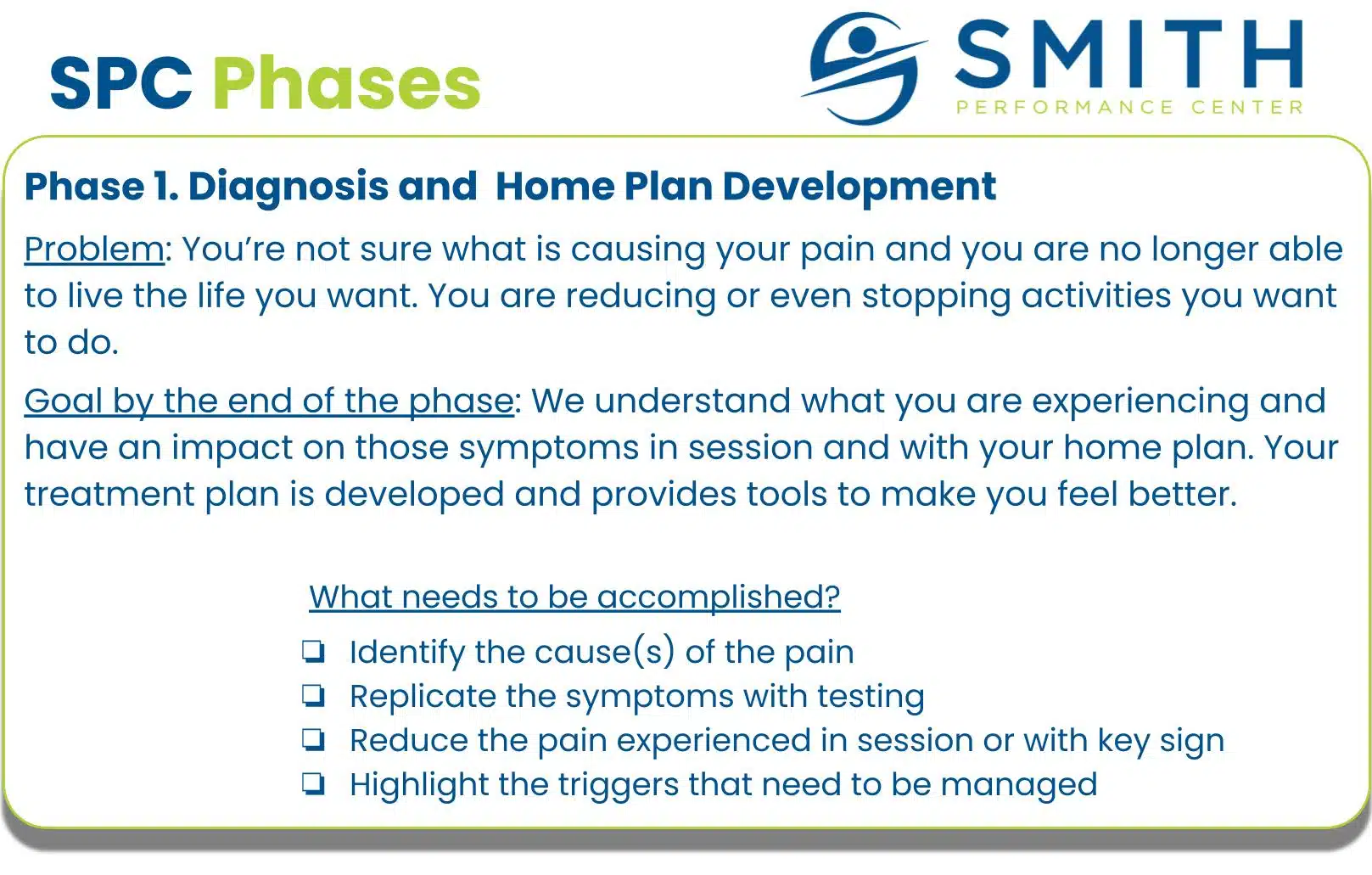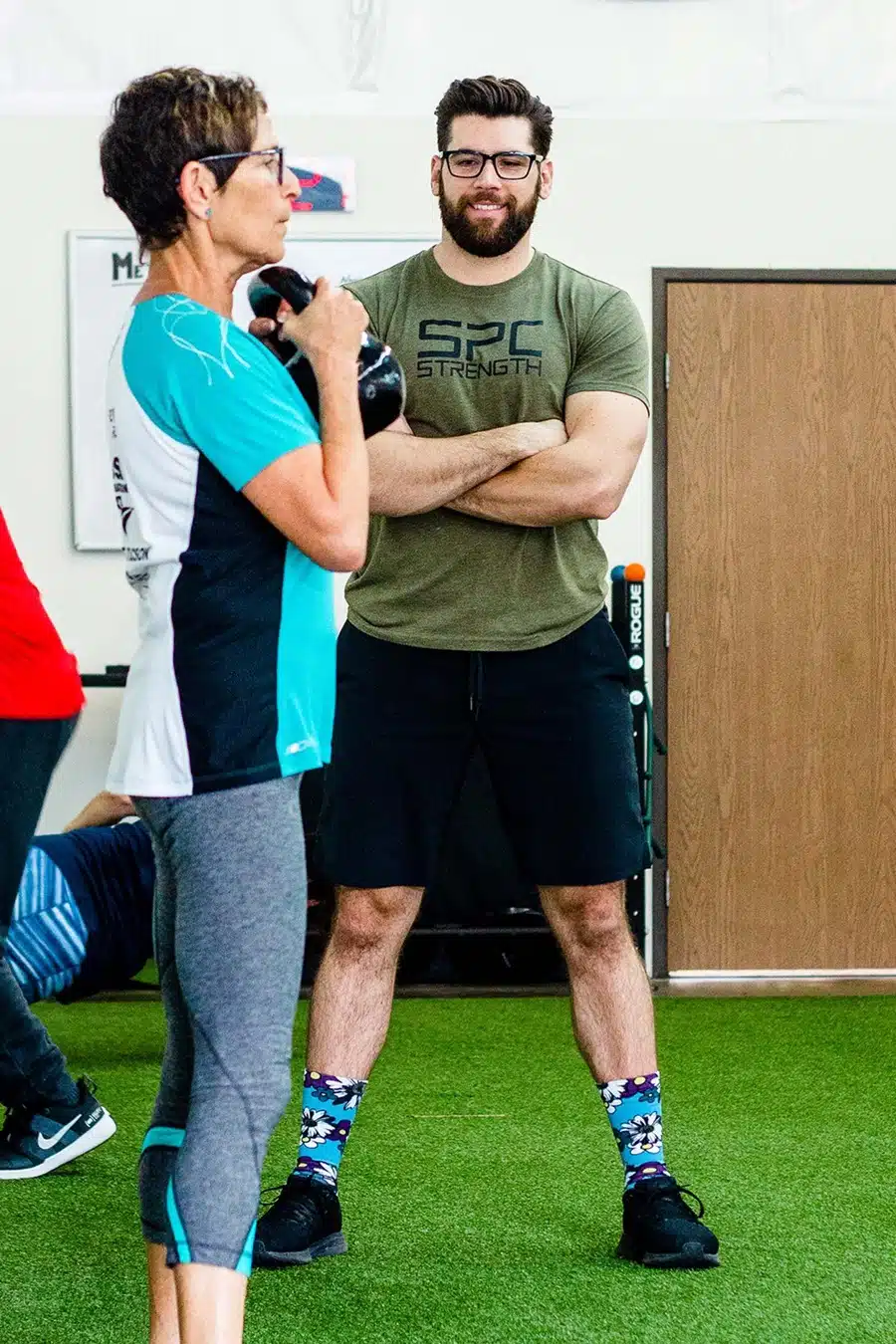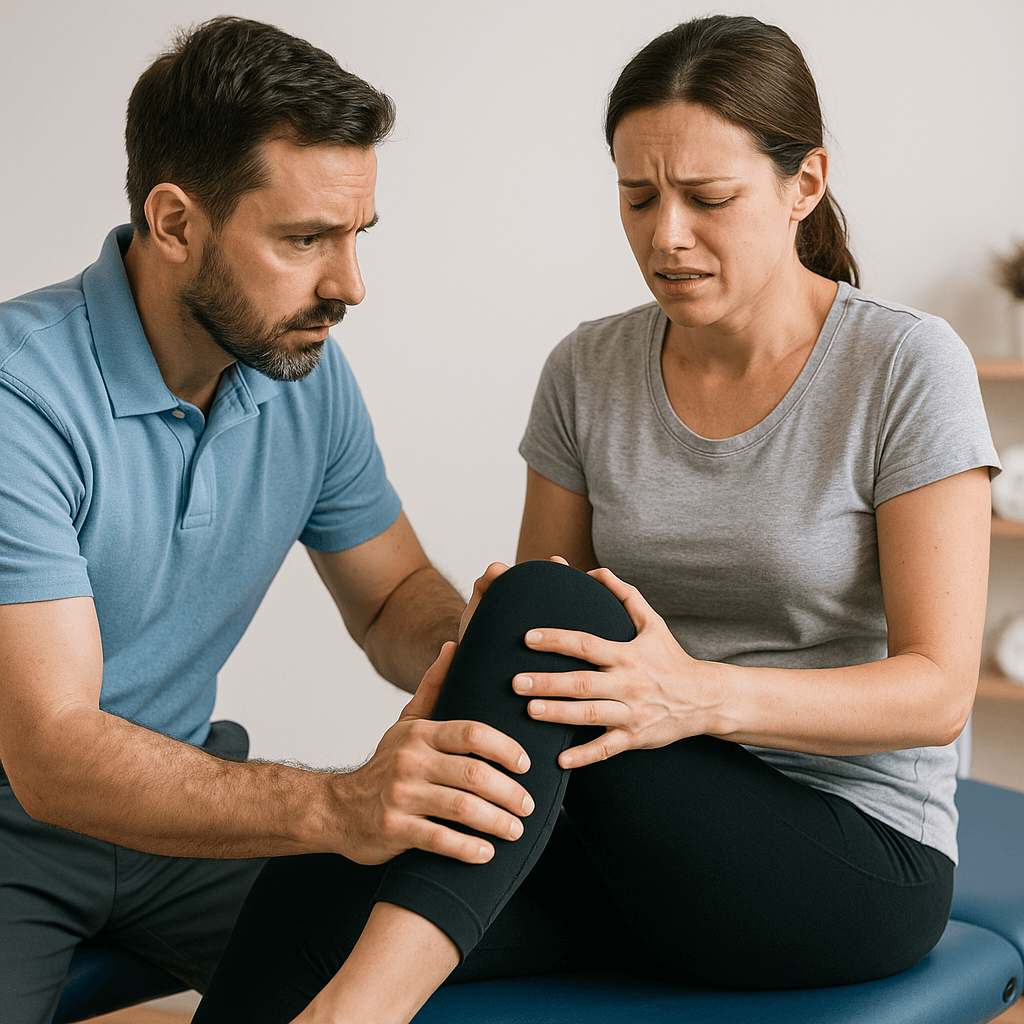
Understanding and Managing Flare-Ups During Rehabilitation
During recovery, there comes a pivotal moment when symptoms improve, and the client feels like they’ve turned a corner. Life feels good again, and naturally, activity levels increase. This change is often unconscious or unintentional—but its consequences can be significant. A rehabilitation flare-up is defined as a return or increase in the original symptoms that led the patient to seek care. The natural reaction to a flare-up is often to question whether the real problem is being addressed. Read: the diagnosis is wrong. But this reaction can lead to a critical misstep—focusing on the wrong issue and missing an opportunity for patient empowerment. Diagnostic Errors vs. Rehabilitation Flare-Up Mismanagement Achieving the correct diagnosis involves identifying potential tissue pain generators, noting local and regional contributors, considering central modulation, and uncovering triggers. This process requires careful collection, analysis, and prediction. And there can be many reasons that diagnosis is hard, but once

